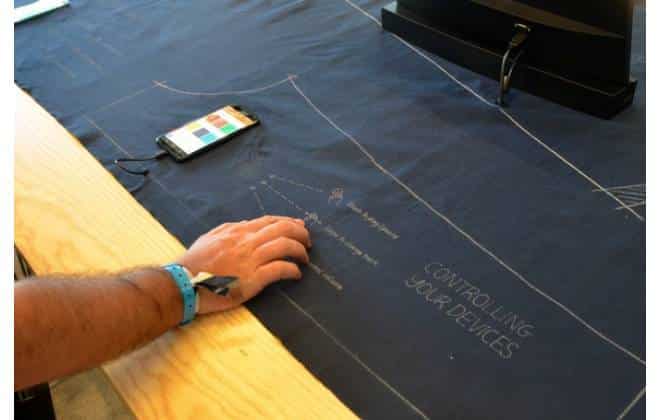The film “Poltergeist,” which opens in Portugal on Thursday, is the first Hollywood production with audio technology developed by the professor of the Polytechnic Institute of Leiria Nuno Fonseca, which allows you to create thousands of sounds simultaneously.
“We are proud to know that research a person does is deemed useful by the film community that, as a rule, is demanding, and Hollywood, which is the ‘premier league’ of world cinema ‘,” said tonight Lusa Nuno Fonseca agency.
The teaching of Leiria, 39, said there have been other films that have used technology it has developed, “but in music” what “‘Poltergeist’ is the first film that used this ‘software’ “.
According to information from the Leiria Polytechnic, the film from 20th Century Fox “is a remake of the famous horror film of the year 1980 original film written and produced by Steven Spielberg,” and uses the most scenes complex the ‘software’ developed by Nuno Fonseca, one technology “allows you to create extremely complex sound effects, allowing the use of thousands or even millions of sounds at once.”
“Although particle systems are widely used in visual effects and computer graphics to recreate effects like fire, smoke and rain,” teaching “could adapt the technology to the area of sound”, says the institution.
Polytechnic adds that the responsible for audio post-production team of “Poltergeist” and who was also in “Oz” films, “The Great and Powerful,” “Spider-Man 2″ and “Spider-Man 3″, used the ‘software’ to simulate the sound of dozens of ghosts simultaneously.
“He informed me that missed technology of this type, which proves that this ‘software’ is an asset for the major film productions,” said Nuno Fonseca.
Polytechnic currently explains the process of the ‘sound’ design is essentially manual, adding sound to sound until obtaining the desired result, “but this technology allows to easily create the sound of complex scenes such as e.g. a battle with thousands of soldiers to fight. ”
The faculty in the Department of Computer Engineering of Technology and Management of Leiria Polytechnic School and coordinator of the degree in Digital Multimedia Games and said that “there are other movies that are already using the same ‘software’ “noting that continues to work on this technology in order to” make it better, with more features for the future, be a commercial launch. ”
In recent months, Nuno Fonseca made a few trips to Los Angeles and San Francisco in the United States, and gave lectures at 20th Century Fox, Paramount Pictures, Universal and Skywalker Sound (Disney).
“At this point, the six major Hollywood studios and the Playstation Studios are testing the ‘software’, while in England the tests are being made at Pinewood Studios and the BBC, and other studios post-production, including Portuguese, “added Nuno Fonseca.






